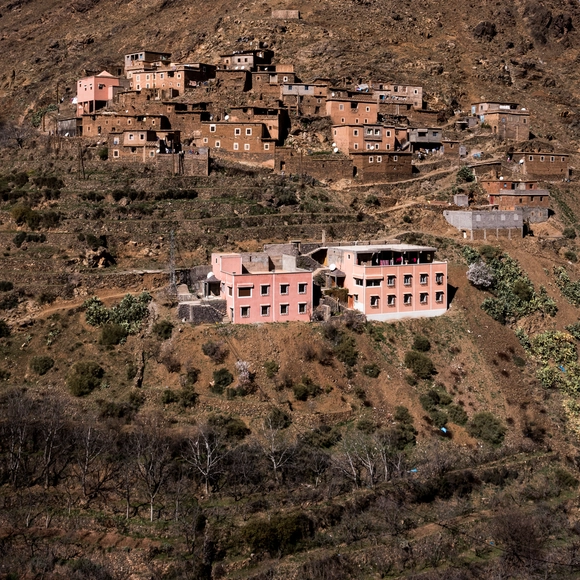
The exhibition 'Sketches of Spain' by photographer Ola Kolehmainen has been recently shown in Barcelona at the SENDA Gallery. The exhibition summarized the last ten years of Kolehmainen’s work. In 2015, the artist was awarded the RIBA Honorary Fellowship for his contribution in promoting the architecture of his generation.
With his particular vision, Ola Kolehmainen seeks to show the constant abstractions that are partially hidden in modern architecture. His photography is dramatic and inspiring, we can find pieces of European avant-garde mixed with the crudeness of the materials and their uses. With minimal format, he shows us details we normally miss completely from well-known works such as the Barcelona Pavilion by Mies Van der Rohe (key architect in Kolehmainen's work), or the Niemeyer Center in Avilés, by Oscar Niemeyer.


































.jpg?1488577068)









































